Evil Genius Labs
Purveyor of finely hand-crafted pixels. ꩜

Purveyor of finely hand-crafted pixels. ꩜
These tutorials were made using an LED Cube 8x8x8, but should work on any 3D mapped set of LEDs using a Pixelblaze controller.
rgb functionhsv functionindex variablepixelCount variabletime functionrender3D function